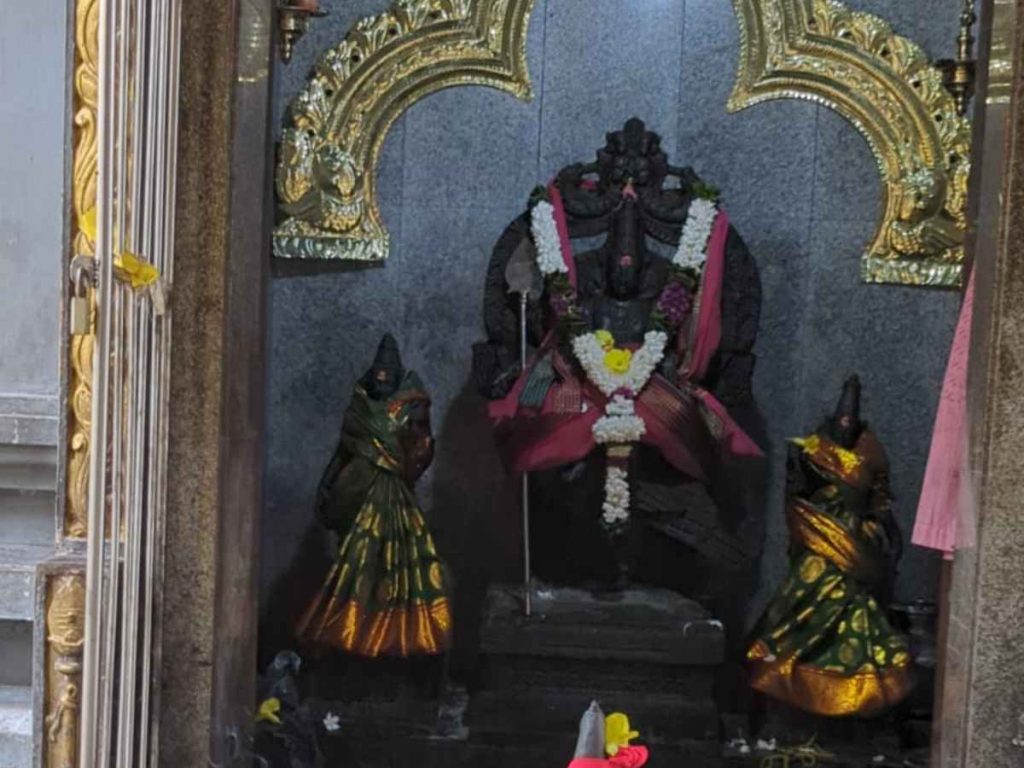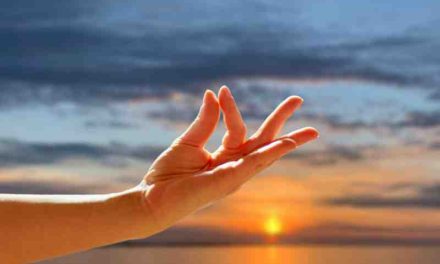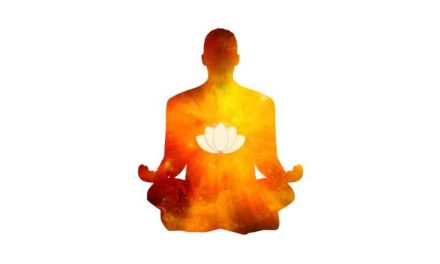For years, I had been an ardent follower of Hinduism, drawn to its rich tapestry of gods, goddesses, and philosophical wisdom. But lately, a yearning for a deeper understanding, a more personal connection with the divine, had begun to simmer within me. It was during this introspective phase that I stumbled upon the Panchabrahma Upanishad, a lesser-known but profound text within the vast ocean of Hindu scriptures.
The Panchabrahma Upanishad, meaning “Upanishad of the Fivefold Brahman,” took me on a transformative journey. It presented a unique perspective on the nature of Brahman, the ultimate reality in Hinduism, not as a singular entity but as a fivefold manifestation of Shiva, the embodiment of both creation and destruction.
Intrigued, I delved deeper. The text explained how Shiva represents the Panchabrahma – the five Brahmans. The first Brahman is Sadyojata, the benevolent creator, the source of all existence. The second is Ishana, the powerful ruler, who maintains cosmic order. The third is Tatpurusha, the embodiment of consciousness, the witness to all that unfolds. The fourth is Aghora, the transformer, who brings about change and dissolution. And the final Brahman is Ishvara, the gracious one, who guides souls towards liberation.
These five aspects of Shiva resonated with me on a profound level. They mirrored the complexities of life itself – the joy of creation, the need for order, the power of awareness, the inevitability of change, and the ultimate grace that guides us all.
The Upanishad went on to describe how these five Brahmans aren’t separate entities, but rather facets of the same divine essence. It emphasized the interconnectedness of everything, a concept that resonated deeply with my own evolving understanding of the universe.
As I contemplated these ideas, a sense of peace began to settle within me. The Panchabrahma Upanishad wasn’t just a philosophical treatise; it offered a practical guide for daily life. By recognizing the Panchabrahma within ourselves – the creator, the ruler, the witness, the transformer, and the gracious guide – we could navigate life’s complexities with greater awareness and equanimity.

The teachings of the Panchabrahma Upanishad seeped into my meditation practice. As I focused on my breath, I envisioned the five Brahmans – Sadyojata, Ishana, Tatpurusha, Aghora, and Ishvara – dancing within my own being. It was a powerful visualization, a reminder of the divine potential that resides within each of us.
This newfound understanding transformed my relationship with the world around me. I began to see Shiva, the embodiment of the Panchabrahma, not just in the grand structures of temples, but also in the delicate bud of a flower, the unwavering strength of a mountain, the ever-changing patterns of the clouds.
“Soham” is a powerful Sanskrit word that literally translates to “I am That.” But it’s much more than just a translation. It’s a secret code, a key that unlocks the door to understanding the Panchabrahma within ourselves.
The “Soham” Secret: Unlocking Liberation with the Panchabrahma Upanishad
Let’s break it down. “So” refers to “Sa,” which represents Shiva and the five Brahmans – the creator, the ruler, the witness, the transformer, and the guide. “Ham” signifies the individual soul, the spark of the divine within each of us.
So, when we chant “Soham,” we’re essentially declaring, “I am the embodiment of the divine, the fivefold Shiva.” It’s a powerful affirmation that shatters the illusion of separation and reminds us of our inherent connection to the ultimate reality.
The beauty of the Panchabrahma Upanishad lies in its practicality. It doesn’t just present a philosophical concept; it offers a tool – the “Soham” mantra – that we can integrate into our daily lives. Meditation becomes a journey of self-discovery as we visualize the five Brahmans dancing within our being with each chant of “Soham.”
This simple practice transformed my relationship with the world. The divine wasn’t just confined to temples anymore. I started seeing Shiva – the fivefold Brahman – in the sunrise, the resilience of a flower pushing through concrete, the ever-changing patterns of the clouds.
The Panchabrahma Upanishad, with its “Soham” secret, isn’t a rigid set of rules. It’s a gentle guidepost, a reminder that liberation – moksha – isn’t some faraway destination. It’s the realization of the divine potential that resides within each of us. It’s about recognizing ourselves as part of the interconnected web of existence, a manifestation of the fivefold Shiva.
So, if you’re yearning for a deeper connection with the divine, a way to unlock your inner potential, explore the wisdom of the Panchabrahma Upanishad. Embrace the “Soham” mantra, and embark on a transformative journey of self-discovery. You might be surprised by the divine light that awakens within you.
The Panchabrahma Upanishad became a companion on my spiritual path. It wasn’t a rigid set of rules, but rather a gentle guidepost, reminding me of the interconnectedness of all things and the divine essence that permeates every aspect of existence. It opened my eyes to the multifaceted nature of reality and the ever-present grace of Shiva, the fivefold Brahman.
Beyond Duality: Exploring Nondualism in the Panchabrahma Upanishad
This inherent unity within Shiva reflects the nondualistic nature of reality, where opposites are not separate but interconnected aspects of the same whole. Just like the day cannot exist without the night, or creation without eventual transformation, everything is ultimately part of a grand, unified process.
The Panchabrahma Upanishad doesn’t just present this philosophy; it offers a practical tool to experience it firsthand – meditation. As we focus on the breath and visualize the five Brahmans within ourselves, we begin to break down the walls of duality. We see the creator and destroyer as two sides of the same coin, the ruler and witness existing in perfect harmony.
This practice can be transformative. It allows us to navigate life’s complexities with greater equanimity. We learn to accept both joy and sorrow, creation and destruction as natural parts of the divine dance. We become less reactive, more accepting of the ever-changing nature of life.
Beyond duality lies a profound sense of peace and interconnectedness. The Panchabrahma Upanishad becomes a guidepost on this journey, reminding us that we are not separate from the divine, but rather an integral part of it.
If you’re seeking a deeper understanding of the divine, a way to connect with your own inner potential, I highly recommend exploring the wisdom of the Panchabrahma Upanishad. It may not be the most well-known text, but its profound message has the power to transform your perception of the world and your place within it.





